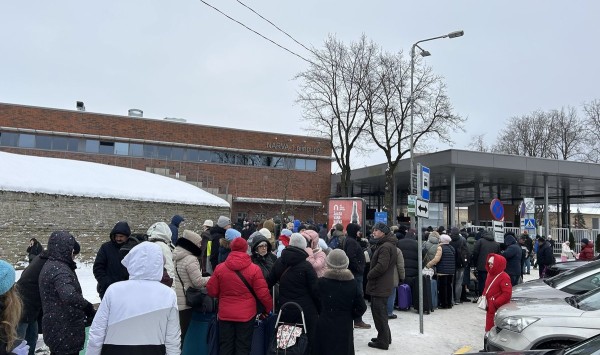VIENNA – The group of countries between the European Union and the Russian Federation – sometimes called the New Europe – is becoming an actor in its own right, no longer dominated by Moscow as it was prior to 1989 but also no longer simply an extension of the West to which its members turned so dramatically after that time.
In an essay posted online July 5th, Artem Ulunyan, a scholar at the Institute of General History of the Russian Academy of Sciences, argues that Moscow must stop viewing these states as simply an advance element of the West if Russian foreign policy there is to be effective (http://www.prognosis.ru/news/g....
If Moscow continues to ignore this reality, it will unintentionally elevate any discussion with these countries into an east-west issue, something that will work to their advantage not Russia’s, and push these countries still further away from Russia, something that is certainly not in Moscow’s interests.
The extent to which these countries have reoriented themselves toward the West has been so great that it has obscured the significant reality that the picture of a region that he calls “a new center of power” remains highly variegated in terms of the choices these countries have made in arranging themselves along the east-west access.
Although most of the countries in this grouping have either joined the European Union and NATO or hope to do so in the near future, Ulunyan argues, it is important for any outside power to remember several common and distinctive elements about all of them.
Most importantly, almost all of them have coalition governments that include parties of the left and the right, a reflection of the influence of traditionalist attitudes and the fact that however much peoples there want to turn away from Russia, they are not prepared to give up social guarantees that a sharper turning away would entail.
The existence of these coalitions in turn, Ulumyan continues, helps to explain why these countries frequently present themselves as “a bridge” between Russia and Europe and see that role not only as profitable in foreign relations but as a precondition of domestic social and political stability.
Both these characteristics provide the basis for a gradual shift back to a more cooperative relationship with Moscow over time, and consequently, Russian policy makers need to understand that the countries in this region are not simply part and parcel of the West but rather states capable of independent actions.
Ulumyan suggests that what he calls “the new eastern policy of the countries of ‘little’ Europe’” will be driven by an interest in retaining their role as transit countries for Russian gas and oil, by a desire to gain access to Russian and CIS markets, and also by the interest of some for “a strategic penetration” of the CIS.
At the very least, the Moscow scholar insists, the actions of these countries should not be “viewed as the fulfilment of orders” from outside powers or a form of “blind obedience” by the former to the latter but rather as the product of their own particular interests defined by their own situations domestic and foreign.
Unless Russian officials recognize this reality and stop treating the policies of these states as derivatives of those of the EU, NATO and the United States, he suggests, Moscow will find itself progressively less able to work with these countries in ways that will play to its advantage.
Eastern Europe again in play as independent force
Archived Articles | 12 Jul 2006 | Paul GobleEWR
Archived Articles
TRENDING


















